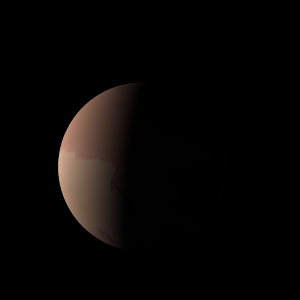|
|
Space Astro
|
Info for exoplanet "Osega-myhep-y"
| Scientific (actual) data |
|---|
| Name | Kepler-1184 b |
| Planet status | Confirmed |
| Radius | 0.239 |
| Orbital period | 53.5991 |
| Discovered | 2016 |
| Updated | 2025-03-07 |
| Tconj | 2454980 |
| Publication | Announced on a website |
| Detection type | Primary Transit |
| Alternate names | 2MASS J19250769+4657575 b, K02309.01, KIC 10010440 b, KOI-2309 b, KOI-2309.01, WISE J192507.69+465757.4 b |
| Star name | Kepler-1184 |
| Right ascension | 291.28° |
| Declination | 46.97° |
| Mag j | 13.866 |
| Mag h | 13.554 |
| Mag k | 13.49 |
| Star distance | 1193 |
| Star metallicity | -0.04 |
| Star mass | 1.05 |
| Star radius | 1.07 |
| Star sp type | F9/G0V |
| Star age | 3.55 |
| Star temperature | 5983 |
| Star alternate names | 2MASS J19250769+4657575, KIC 10010440, KOI-2309, WISE J192507.69+465757.4 |
| Wikipedia article | Kepler-1184 b |
Back
| |
| Fictional info (?) |
|---|
| Suggested name | Osega-myhep-y |
| Planet type | Cold planet |
| Because of its fast rotation, the planet's shape is that of an oblate spheroid (it has a slight but noticeable bulge around the equator). |
| Atmosphere | Hydrogen deuteride (HD) | 98% |
| Ammonium hydrosulfide (NH4SH) | 1.8% |
| Carbon dioxide | 0.084% |
| 2H2O | 0.011% |
| Ammonia | 0% |
| Atmospheric pressure | 0.27 bar |
 |
| No known satellites |
| Google search for Osega-myhep-y |
|
Website by Joachim Michaelis
|
|
|
|